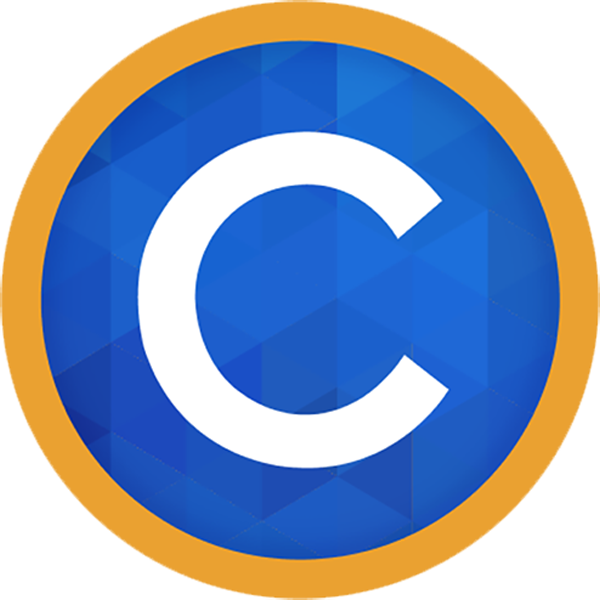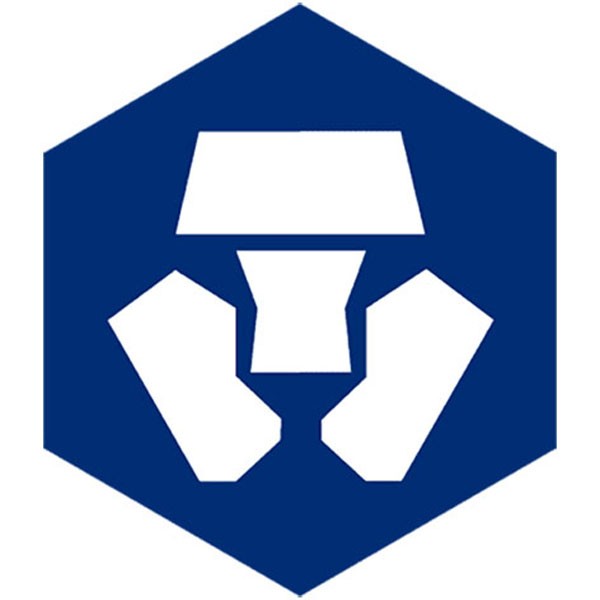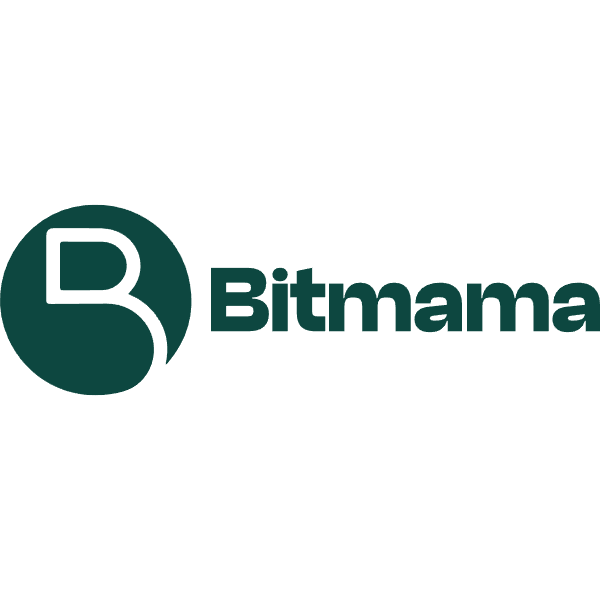MetaMask Is A Software Cryptocurrency Wallet For Interacting With The Ethereum Blockchain. It Allows Users To Access The Ethereum Wallet, Store And Manage Digital Assets, While Interacting With Decentralized Applications (dApps) Through A Browser Extension Or Mobile App. MetaMask Was Developed By Blockchain Software Company ConsenSys, With The Goal Of Providing Users With A Secure, Easy-to-use Platform To Help Them Enter The Web3 World - An Internet Future Based On Blockchain, Cryptocurrencies And Decentralized Applications.
According To Official Sources, MetaMask Is Described As The "leading Cryptocurrency Wallet Platform", Emphasizing Its Security, Privacy Priority, And Ease Of Use, Suitable For Tens Of Millions Of Users (more Than 21 Million Monthly Active Users As Of April 2025). It Is Not Only A Wallet, But Also A Gateway To Decentralized Finance (DeFi), NFTs, And Other Blockchain Activities.
Main Features Of MetaMask
MetaMask Provides A Series Of Functions To Meet The Needs Of Different Users, Including:
- Asset Management: Supports Storage And Management Of Ethereum (ETH) And ERC-20, ERC-721 (NFT) And Other Tokens. Users Can Easily View Asset Balances, Send And Receive Tokens. ERC-20 Tokens Include Stablecoins Such As USDC, DAI, And ERC-721 Covers NFTs Such As Artwork And Game Props.
- DApp Interaction: As The Gateway To Web3, MetaMask Allows Users To Connect To Various Decentralized Applications (e.g. Decentralized Exchanges, DeFi Protocols, NFT Marketplaces, Etc.) Without Having To Run A Full Ethereum Node. This Allows Users To Participate In DeFi Lending, Staking, Or NFT Transactions Without Technical Background.
- MetaMask Swaps: Built-in Token Exchange Service, Aggregating Multiple Decentralized Exchanges (DEXs) To Provide Users With The Best Exchange Rates, Charging A Service Fee Of 0.875%. Launched In Desktop Version From October 2020, Expanded To Mobile Version In March 2021.
- Network Support: Supports The Ethereum Mainnet, Testnet (e.g. Sepolia, Holesky), And Other EVM-compatible Blockchains (e.g. BNB Chain, Polygon, Avalanche). Users Can Switch Networks Through The Interface, Suitable For Developer Testing Or Multi-chain Asset Management.
- Cross-platform Compatibility: Provides Browser Extensions (supports Mainstream Browsers Such As Chrome, Firefox, Brave) And Mobile Apps (iOS, Android), Ensuring That Users Can Use Them On Different Devices. The Mobile Version Offers Similar Features As The Desktop Version, Including Secure Login, Keystore, And DApp Browser.
- Security Features: MetaMask Emphasizes That The User Has Complete Control Over The Private Key, And Private Keys And Sensitive Information Are Encrypted And Stored On The User's Device. At The Same Time, MetaMask Has Passed Independent Security Audits (such As Least Authority) To Ensure That Its Design And Encryption Standards Are Industry-leading.
How MetaMask Works
MetaMask Acts As A Bridge To Connect The User's Browser (or Mobile Device) With The Ethereum Blockchain. Its Core Working Principle Includes The Following Aspects:
- Account Management: Users Create Wallet Accounts Through MetaMask, Generate Private Keys And Mnemonic Words (seed Phrases Of 12 Words), Which Are Used To Restore Wallets. Mnemonic Words Are The Key To Restoring Wallets, And Users Need To Back Them Up Properly.
- Transaction Broadcasting: Users Can Send And Receive Transactions Through MetaMask, Including ETH And ERC-20/ERC-721 Tokens. Transactions Are Submitted To The Ethereum Network Through The Interface Of MetaMask, And Users Need To Pay A Gas Fee (denominated In ETH).
- DApp Connection: When A User Accesses A MetaMask-enabled DApp, The DApp Sends A Request (such As A Signature Or Transaction Confirmation) To MetaMask Via JavaScript Code, And The User Reviews And Confirms The Action In The MetaMask Interface. This Ensures That The User Has Ultimate Control Over Every Transaction Or Action.
- Network Connection: MetaMask Connects To The Ethereum Network By Default Using Infura (owned By ConsenSys) Or Another RPC Provider, Avoiding The Need For Users To Run Full Nodes On Their Own. Infura Provides Node Services, But This Has Also Raised Some Privacy Concerns (see The Privacy Section For Details).
- Gas Fee Management: Users Need To Pay Gas Fees When Sending Transactions. MetaMask Provides Default Gas Fee Suggestions (Fastest, Fast, Slow), And Users Can Also Manually Adjust Gas Prices And Limits Through Advanced Options. Gas Fees Affect Transaction Speed, And Higher Gas Fees Usually Mean Faster Confirmations.
Security
Security Is One Of The Core Selling Points Of MetaMask. Here Are The Details Related To Its Security:
- Private Key Control: MetaMask Is A Non-custodial Wallet. Users Have Complete Control Over Their Own Private Keys And Mnemonic Words To Ensure The Safety Of Assets. This Is In Line With The Decentralized Philosophy Of Web3. Users Need To Manage Their Own Private Keys To Prevent Loss.
- Encrypted Storage: Private Keys And Sensitive Information Are Encrypted And Stored On The User's Device. MetaMask Itself Does Not Store Or Access This Information, Enhancing Security.
- Security Audit: MetaMask Has Passed Multiple Independent Security Audits, Such As The Least Authority Audit, Confirming That Its Encryption And Design Standards Meet The Highest Requirements. The Audit Report Can Be Referred To The Relevant Documentation.
- Privacy Protection: Although MetaMask Uses Centralized Services Such As Infura By Default, User Data (such As Private Keys) Will Not Be Accessed By MetaMask Or Third Parties. However, The Default Settings May Reveal Identifiable Information To The Data Collection Network, Which Users Need To Be Aware Of.
- Best Practices: MetaMask Advises Users To Back Up Mnemonics, Use Strong Passwords (at Least 8 Characters, Including Letters, Numbers, And Symbols), And Beware Of Phishing Attacks. Detailed Security Guidelines Can Be Found In The MetaMask Support Center.





